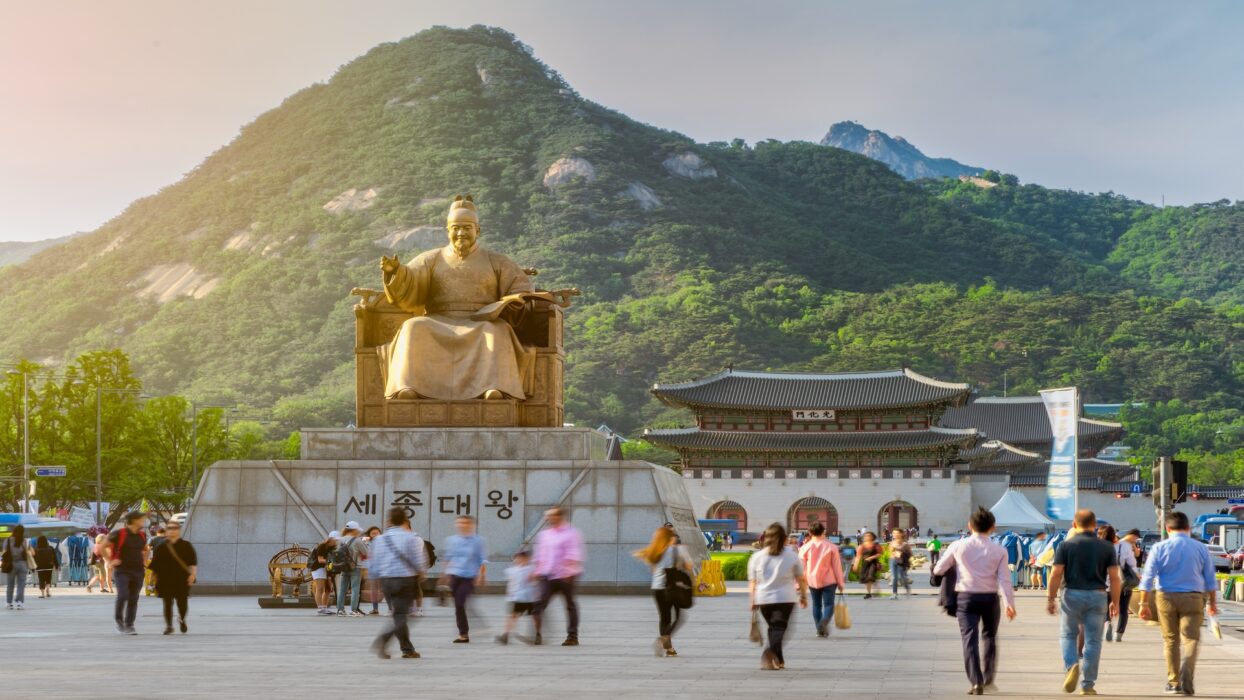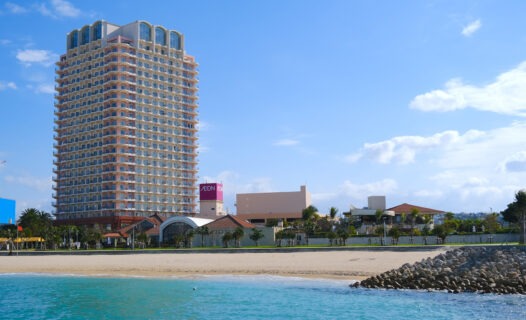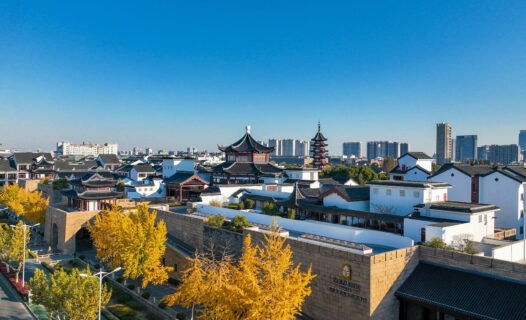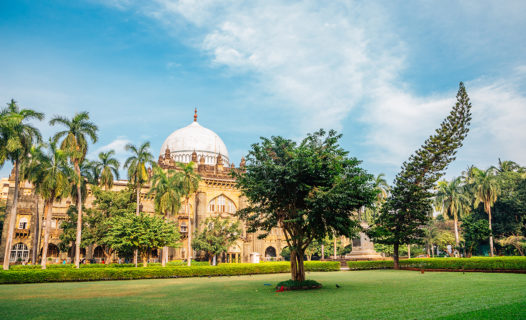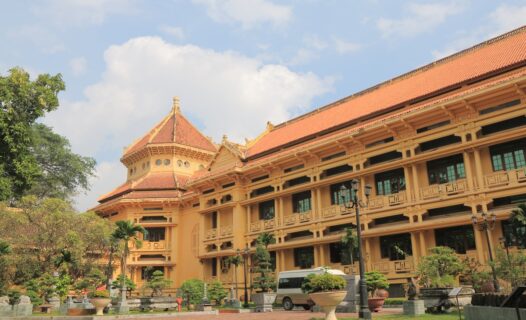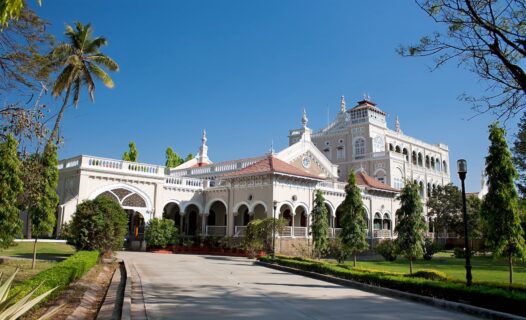Every year on October 9th, South Korea comes alive with celebration of Hangeul Day. This nationally revered holiday, also known as Hangeulnal, marks the creation and proclamation of the Korean alphabet – Hangeul – by King Sejong the Great in 1443. Whether you’re a history enthusiast, culture aficionado, or simply looking for an enriching travel experience, Hangeul Day offers a unique opportunity to immerse yourself in the rich tapestry of Korean heritage.
The Significance of Hangeul Day
Hangeul Day is not just another holiday; it is a celebration of linguistic innovation and cultural pride. The Korean writing system, known as Hangeul, is one of the most significant achievements of King Sejong the Great. Before its creation, Koreans used the complex Chinese script, which was not accessible to the common people. Realizing the necessity of a more straightforward and accessible writing system, King Sejong and his scholars devised Hangeul, a script that is now celebrated for its scientific design and ease of use.
King Sejong and the Creation of Hangeul
The story of Hangeul’s creation is a fascinating narrative of vision and perseverance. King Sejong, the fourth monarch of the Joseon Dynasty, was a forward-thinking ruler dedicated to the welfare of his people. He believed that literacy was key to empowering the masses and fostering a more enlightened society. Thus, he spearheaded the development of Hangeul, a phonetic alphabet that could be easily learned and utilized by all Koreans, regardless of their social status.
Exploring Seoul During Hangeul Day
Seoul, the bustling capital city of South Korea, becomes a focal point of Hangeul Day celebrations. Visiting Seoul during this time allows you to partake in a plethora of activities and witness the city’s colorful festivities up close. Here are some must-visit spots and events in Seoul:
Gwanghwamun Square
Located in the heart of Seoul, Gwanghwamun Square is home to the iconic statue of King Sejong the Great. During Hangeul Day, the square transforms into a lively hub of activities, including traditional performances, exhibitions, and interactive displays that educate visitors about the significance of Hangeul. The statue itself is a poignant reminder of King Sejong’s enduring legacy and his contribution to Korean culture.
National Hangeul Museum
A visit to the National Hangeul Museum is a must for anyone looking to delve deeper into the history and evolution of the Korean alphabet. The museum houses extensive exhibits that chronicle the creation of Hangeul, its development over time, and its impact on Korean society. Special programs and workshops are often conducted on Hangeul Day, providing an immersive and educational experience for visitors of all ages.
Join the Celebrations: Engaging in Cultural Activities
Hangeul Day provides numerous opportunities to engage in cultural activities and immerse yourself in Korean traditions. Here are some exciting activities you can participate in during Hangeul Day:
Engage in Traditional Calligraphy
One of the most enriching activities on Hangeul Day is participating in traditional Korean calligraphy classes. These sessions often take place in cultural centers, museums, and even outdoor venues. It’s a wonderful way to connect with the art and craftsmanship that goes into writing Hangeul.
Participate in Educational Workshops
Numerous workshops on Hangeul’s history, its application in modern times, and its influence on Korean culture are held at universities, cultural institutions, and libraries. These workshops are ideal for language enthusiasts and anyone interested in understanding the finer details of the Korean script.
Hangeul Day, held on October 9th, is much more than a public holiday in South Korea; it’s a celebration of Korean identity, heritage, and pride. It honors the creation of Hangeul, which stands as a testament to Korea’s innovative spirit and cultural richness. Whether you’re a resident or a visitor, participating in these festivities offers a memorable and educational experience.

